Limited storage is often the lament of home dwellers everywhere, no matter how many square feet you’re working with. Whether it’s narrow closets or awkwardly sized cupboards, you’ve likely run into the dilemma of “What can I possibly store in this small space?”
But those small spaces may not be so small after all - they may just need a little focused attention from you to create the optimal space you need.
Try these organization tips to make the most of those small closets and storage spaces.
1. Think vertical
More often than not, you can double your available storage space by going up.
Tall bookcases and shelving can be the answer to your organizing woes. Use this prime real estate to store cleansers, clothes or organized craft bins.
2. Look behind the door
Like those vertical spaces, doors are another opportunity for storage on the sly.
Try a behind-the-door storage option with pockets or hooks. They can hold just about anything you can think of - jewelry, hair dryers, dog leashes, cosmetics, cleaning supplies and more.
3. Put it on wheels
This tip works particularly well for hard-to-reach storage spaces, like a slanted, poorly lit cupboard under the stairs.
Store items on a wheeled moving dolly or in storage bins with wheels. This gives you easy access to the rolling storage piece - at your height, with room to move and view your belongings in plenty of light.
4. Embrace the caddy
Think back to your college or camp days - you likely had a small shower caddy to carry your toiletries to and from the bathroom. Why not try this at home?
If multiple people use the same cramped bathroom, have everyone take out what they bring in. It allows each person to keep track of their favorite toiletries, and the bathroom stays more organized.
Bonus tip: Keep it simple
While these small-space storage tricks are useful, you’ll find that the best way to create more space in your home is to simplify your life.
Start by making a quick list of what you value most in life. I call this "organizing by your values." When you set priorities in your own life, your home and belongings will reflect your choices, allowing you to eliminate the less important or less valued items.
As part of this exercise, you may want to evaluate how you spend your time. Take a look at your commitments, from work to kids' activities to volunteer projects to friends who need favors.
Evaluating your priorities (and possibly eliminating commitments that no longer make you happy) may just give you the extra time you need to review and organize those small spaces.
Related:
- Roommate Relations: Making Smart Use of Shared Spaces
- ‘Where Should I Keep My …?’: Solving the Ultimate Small Space Dilemmas
- 3 Design Tricks That Will Make Your Small Space Feel Big
Originally published September 17, 2015.
via Zillow Porchlight https://ift.tt/2NkEjYW
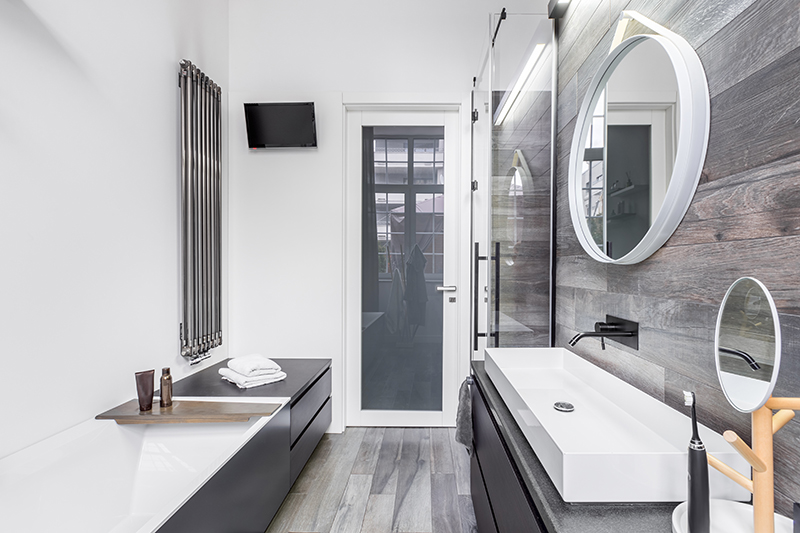
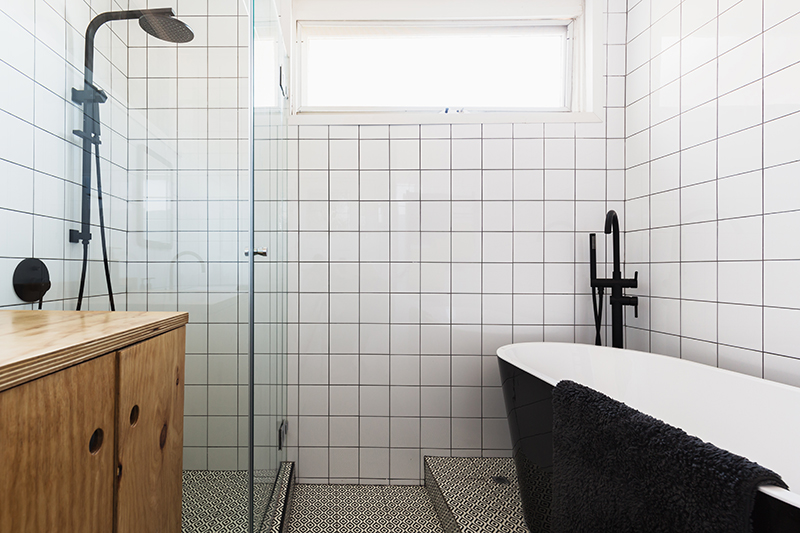
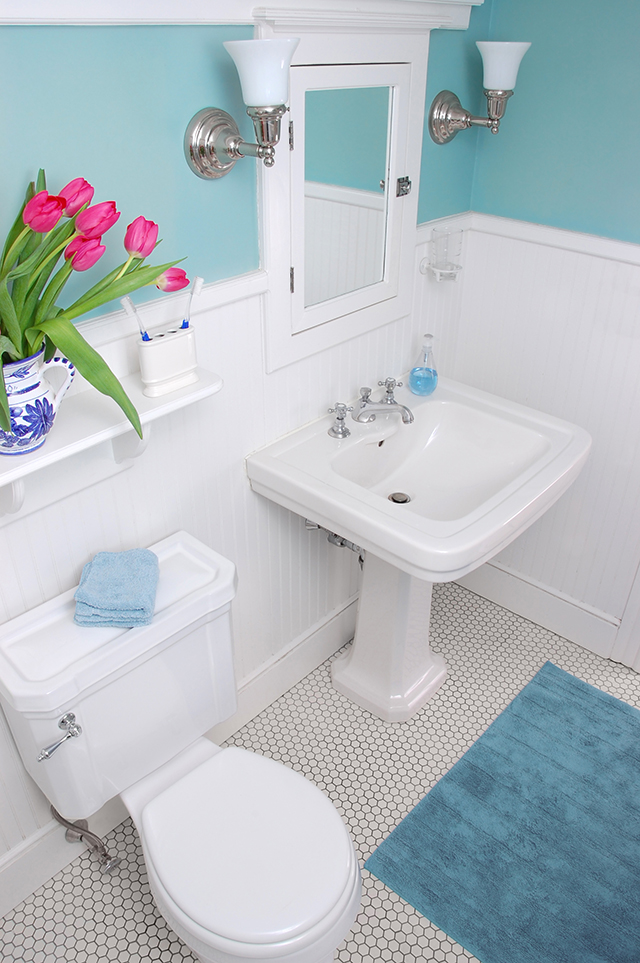
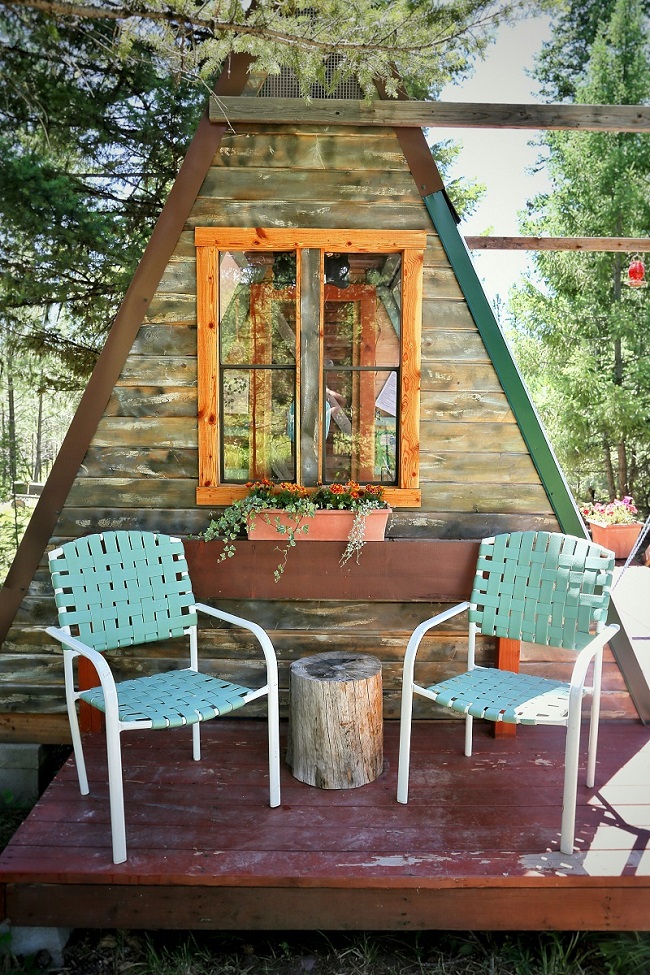
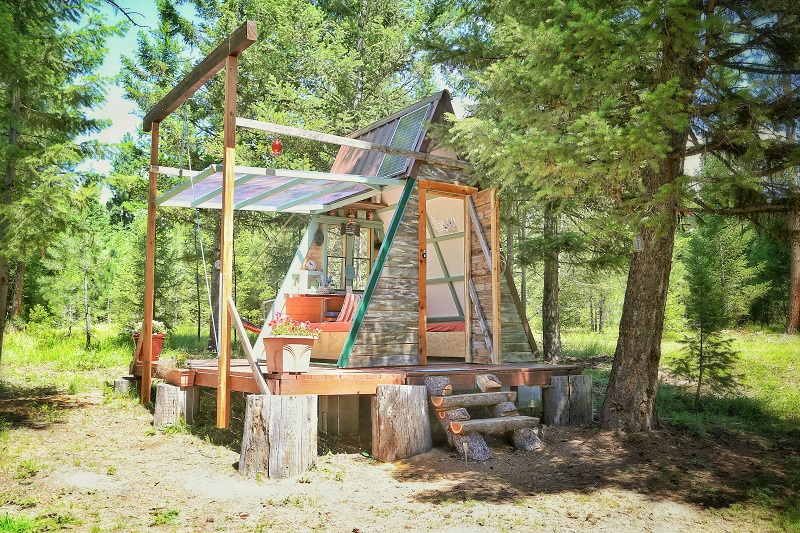
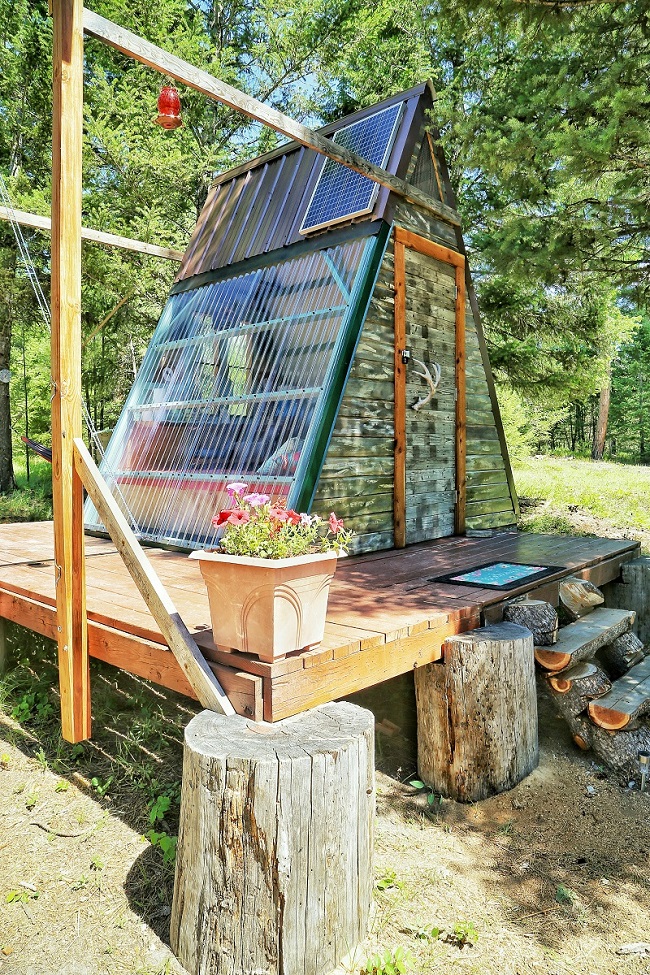
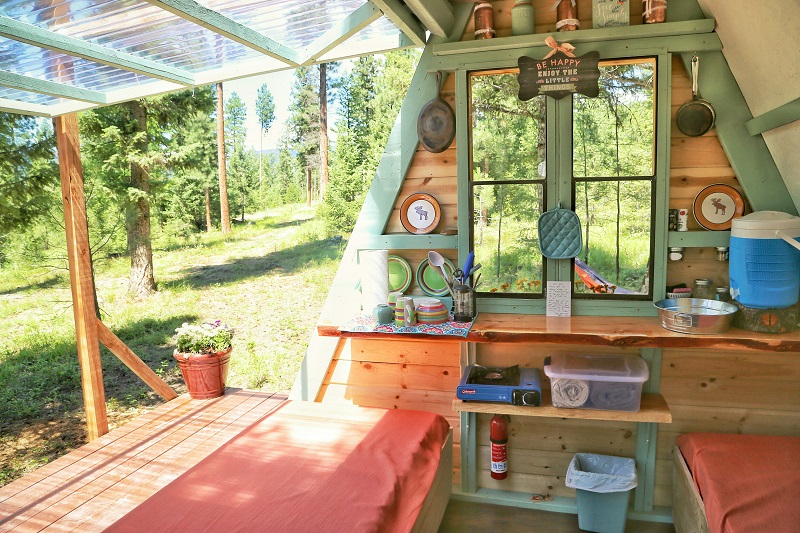
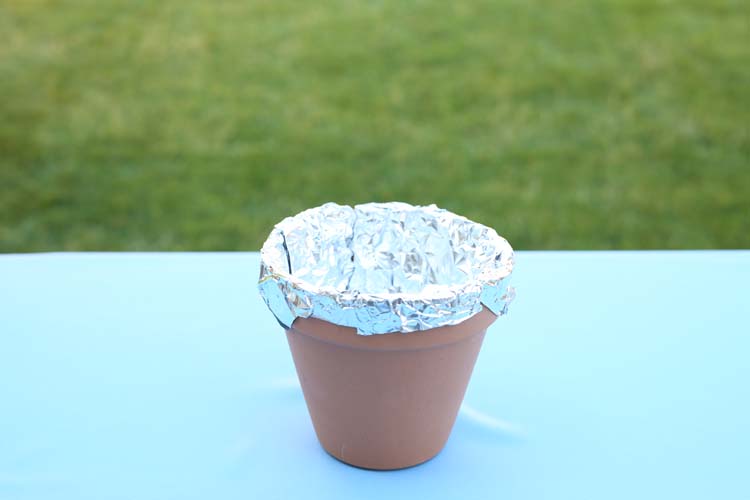
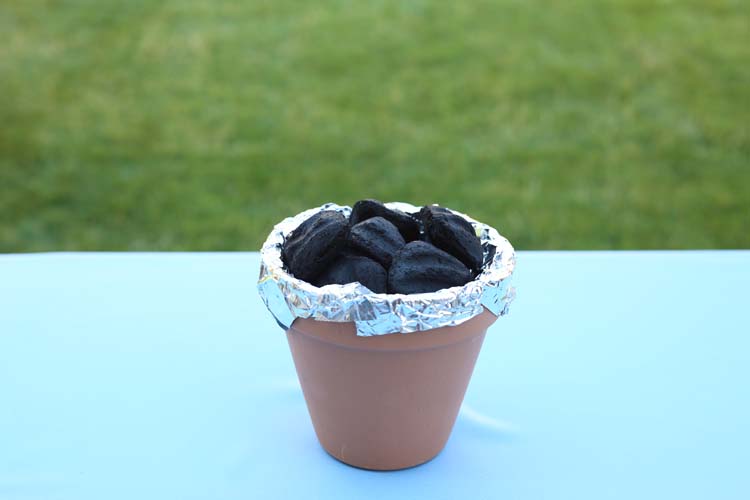

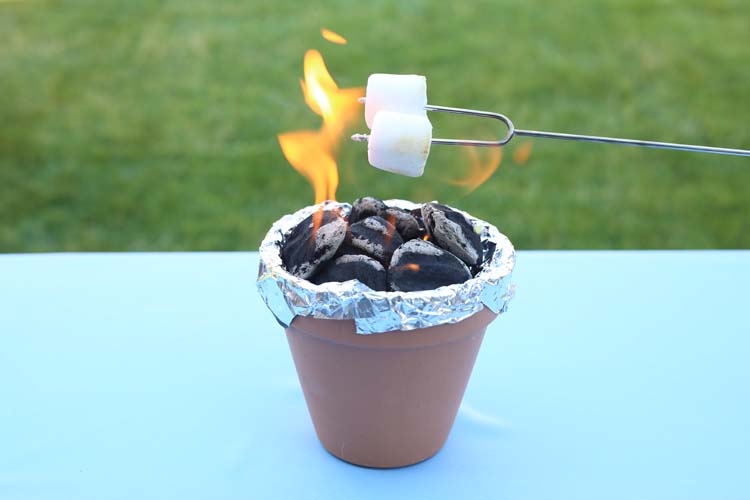
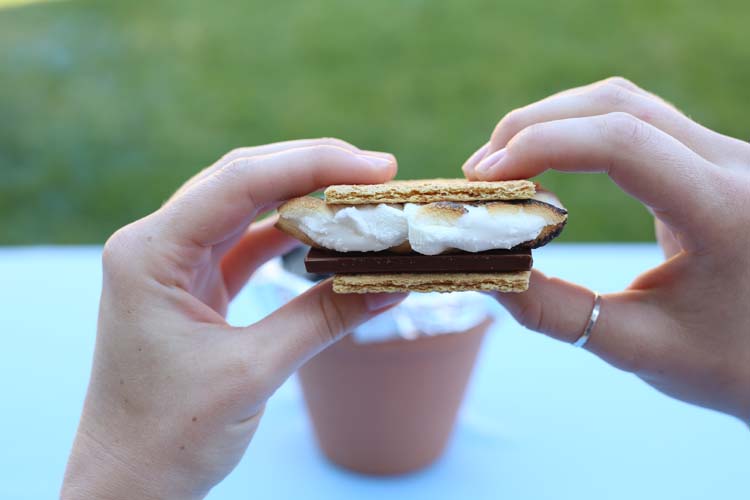


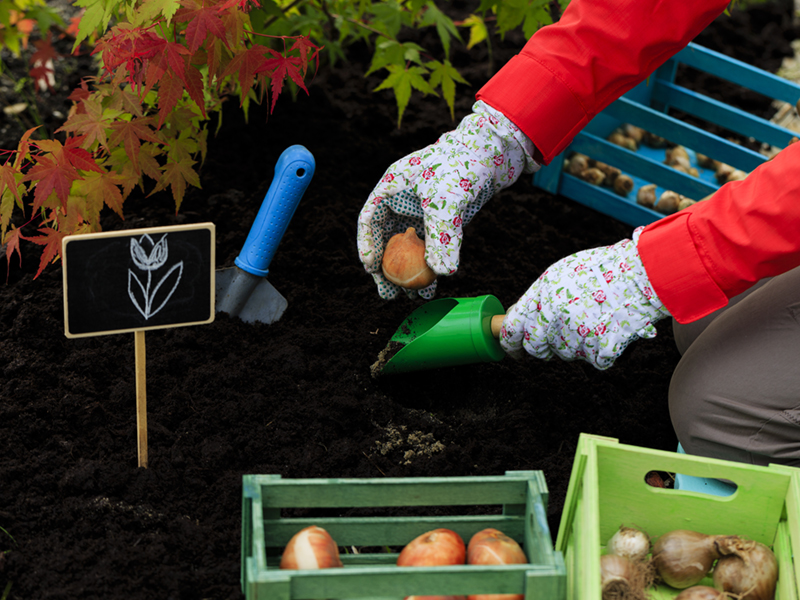
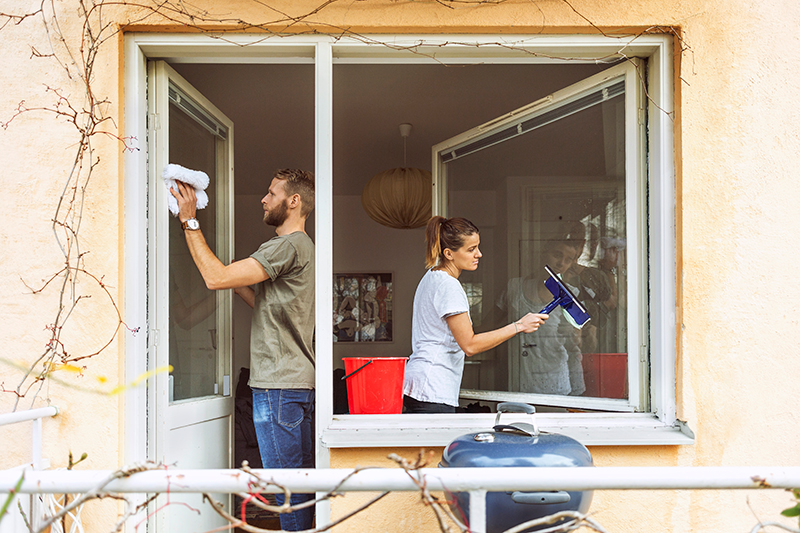
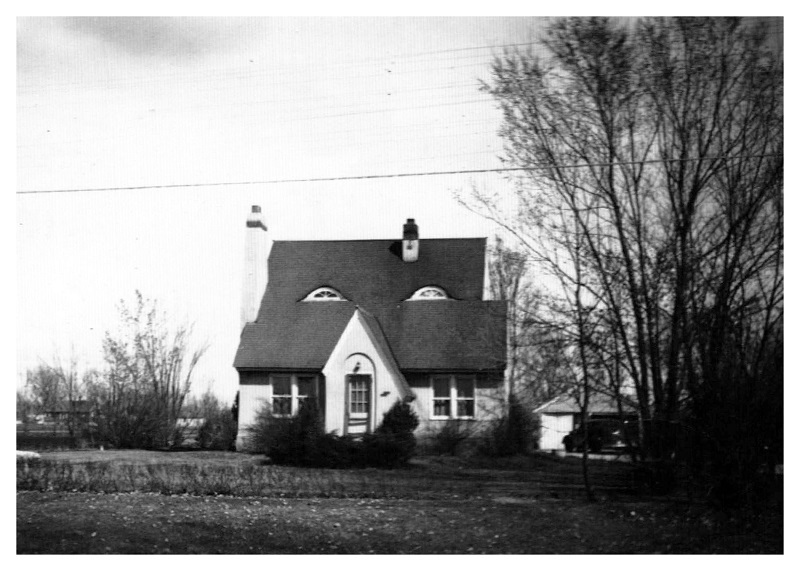
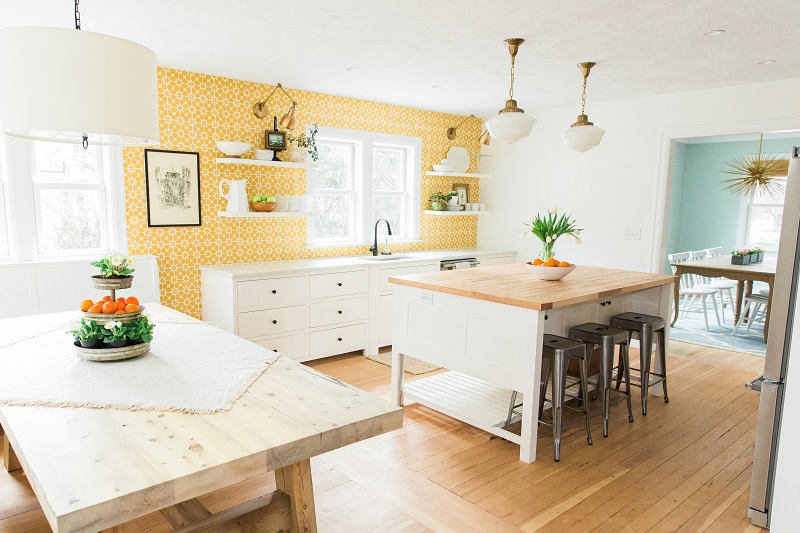
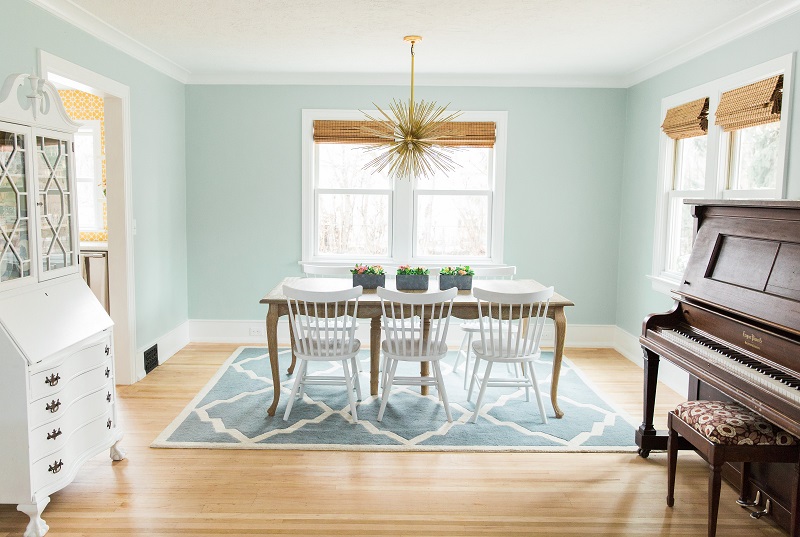
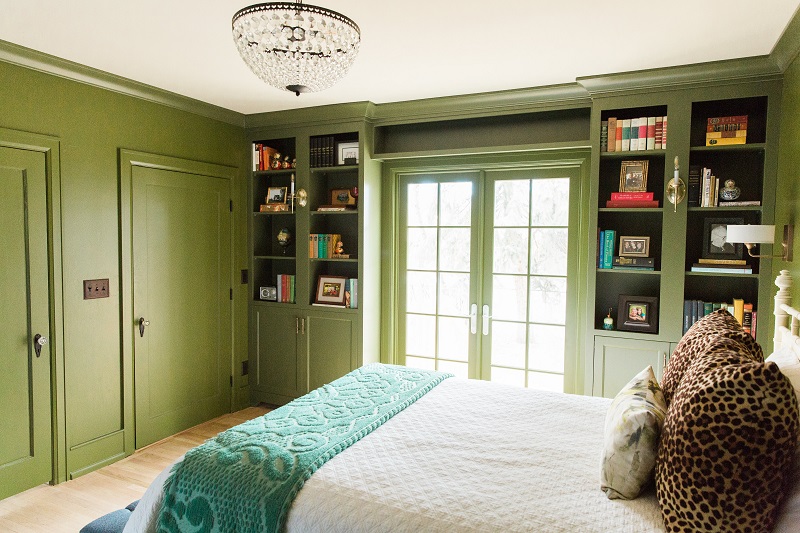
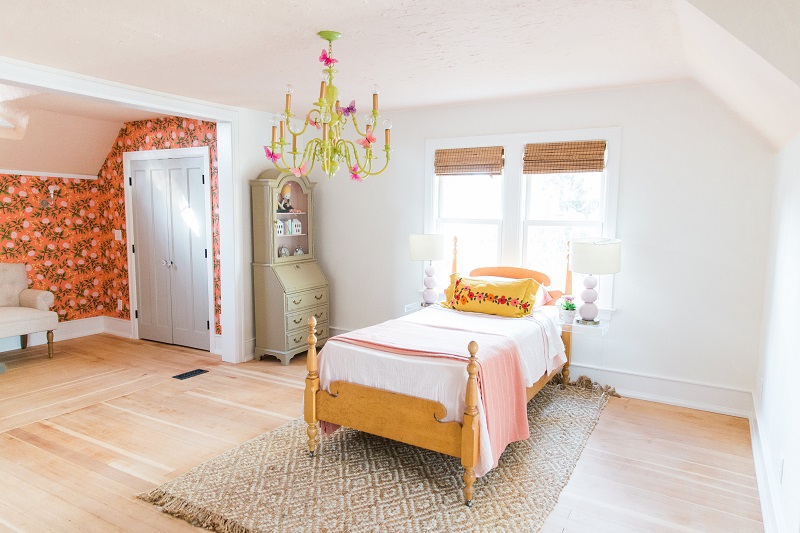
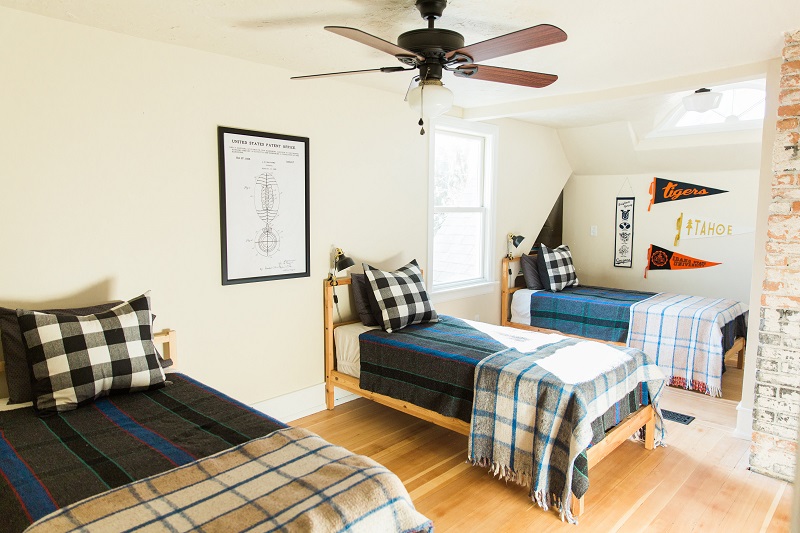
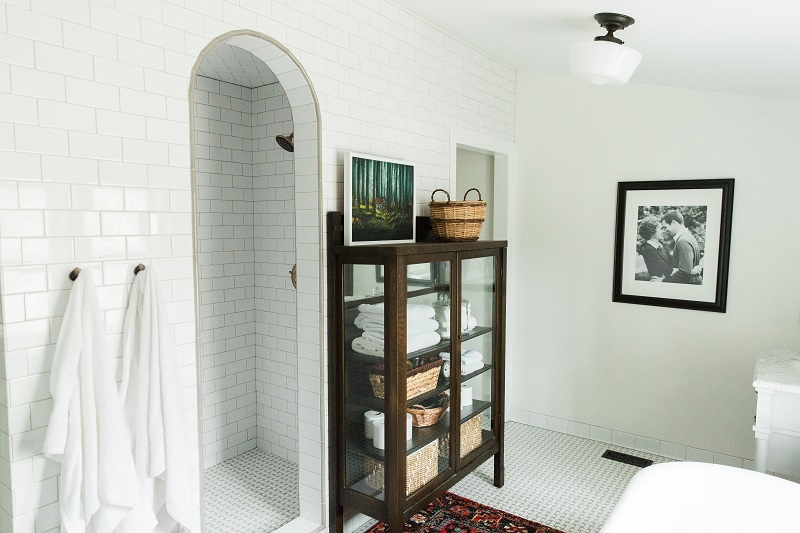
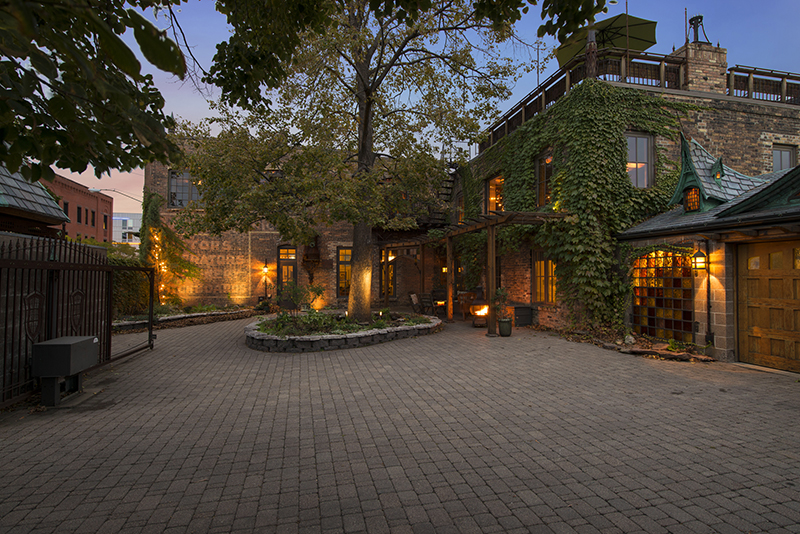
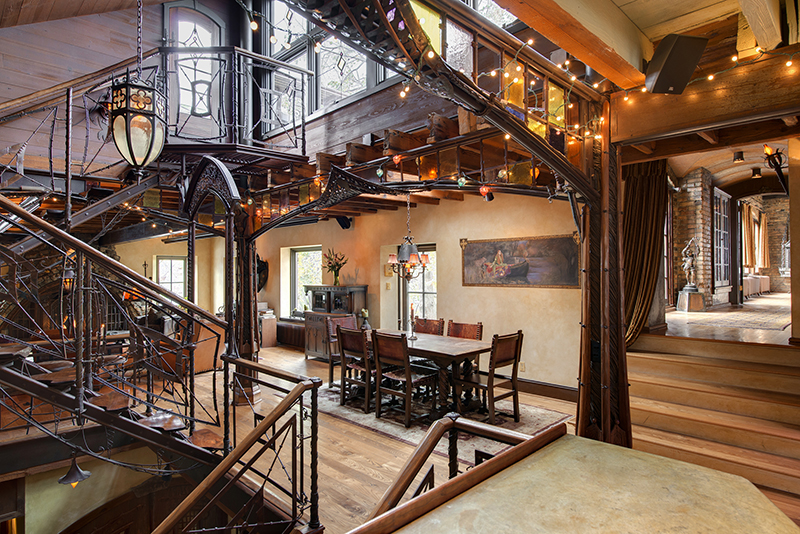
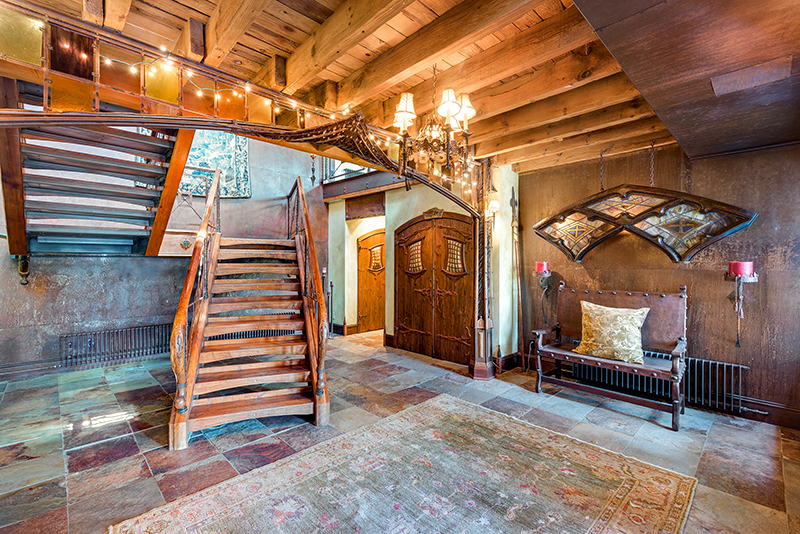
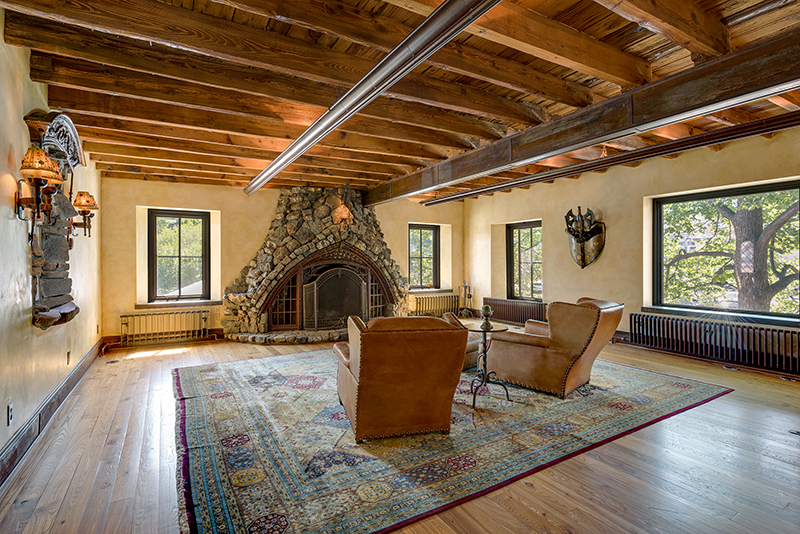
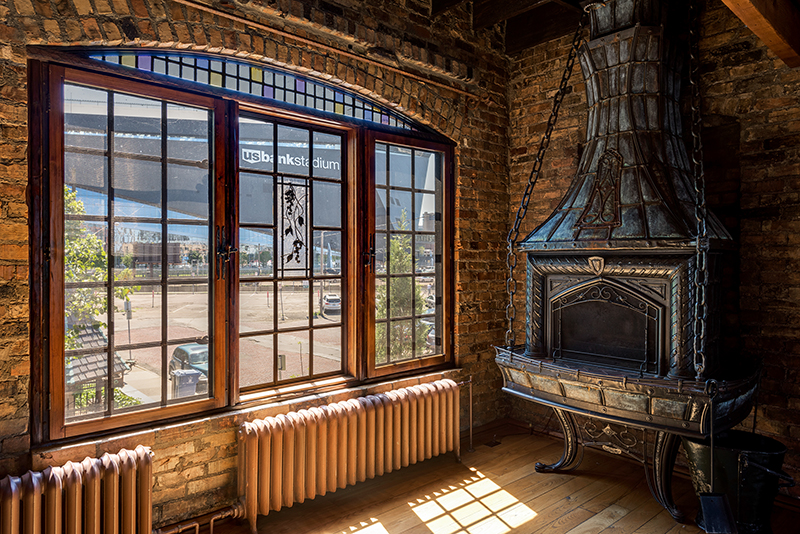
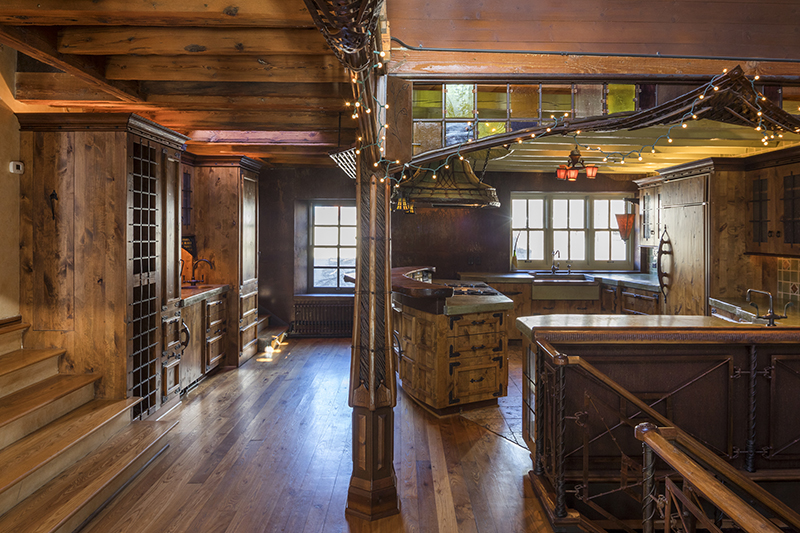
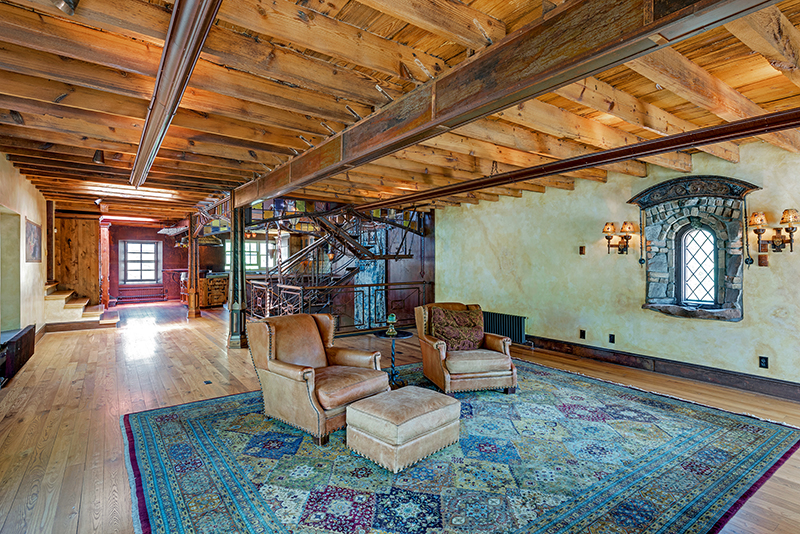
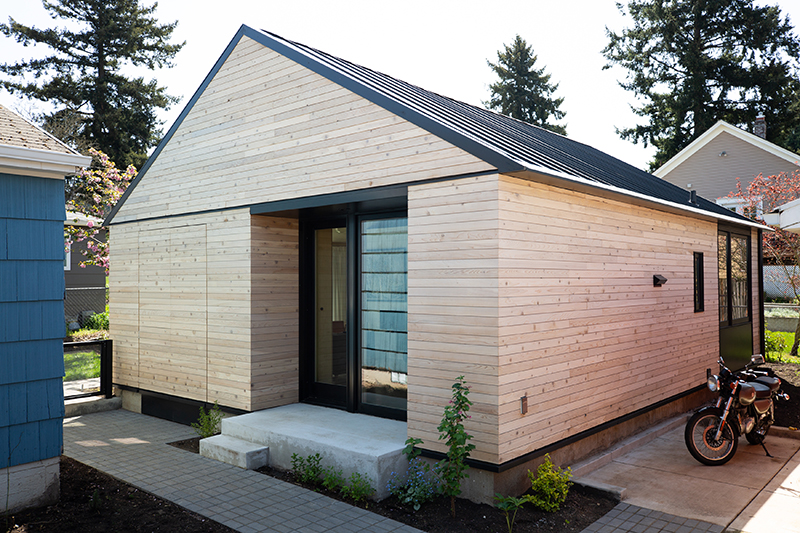 "We both lived in many compact-sized homes over the years, but they weren’t as well laid out as they could have been," says Shumaker. "We knew with simple tweaks in the design, we could make small-space living function well for both of us."
"We both lived in many compact-sized homes over the years, but they weren’t as well laid out as they could have been," says Shumaker. "We knew with simple tweaks in the design, we could make small-space living function well for both of us."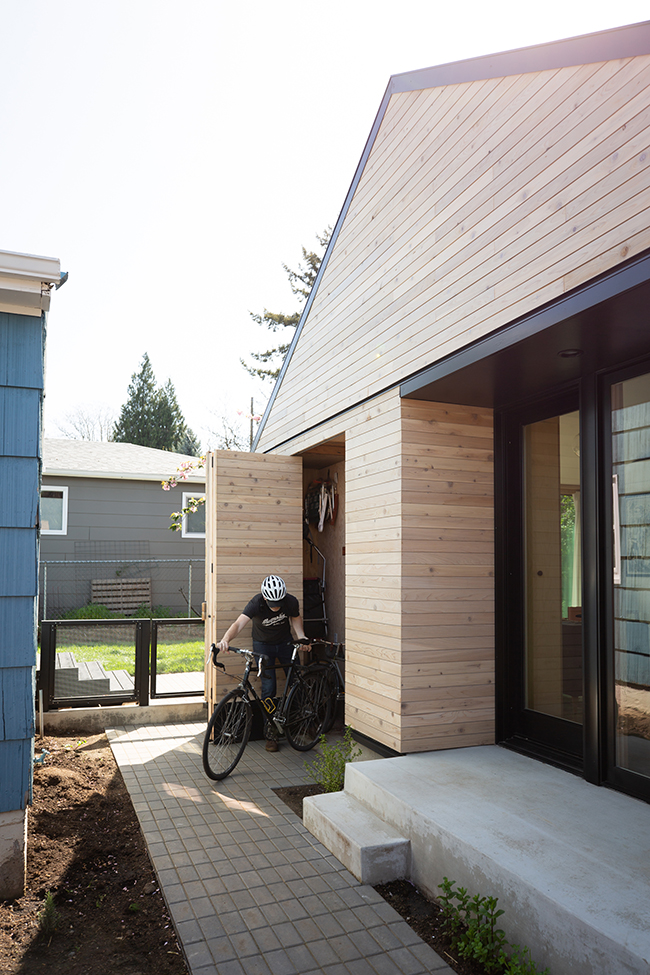 All that sunshine did end up including one slightly unpleasant and unforeseen aspect, however.
All that sunshine did end up including one slightly unpleasant and unforeseen aspect, however.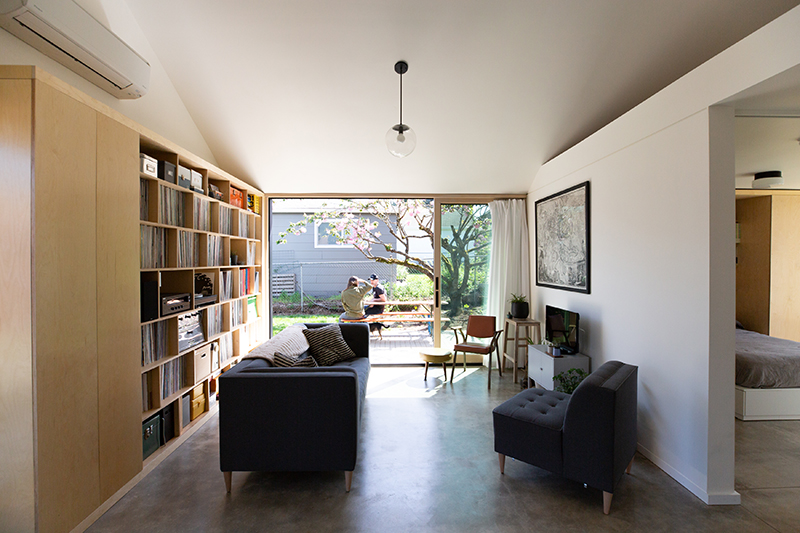
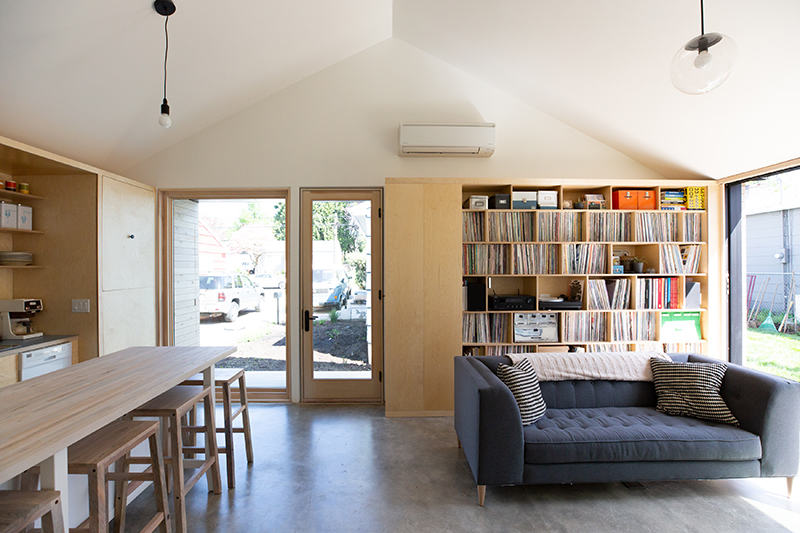 “We’re interested in living simply, economically, and sustainably, so living in a small, well-designed space fit our lifestyle," Shumaker explains. "My partner and I love our new house. Functionally, it works great for both of us as there’s equal closet storage, it’s easy to clean, and compact yet has enough storage. Neither of us feels like we've had to make any compromises in our ability to live comfortably together."
“We’re interested in living simply, economically, and sustainably, so living in a small, well-designed space fit our lifestyle," Shumaker explains. "My partner and I love our new house. Functionally, it works great for both of us as there’s equal closet storage, it’s easy to clean, and compact yet has enough storage. Neither of us feels like we've had to make any compromises in our ability to live comfortably together."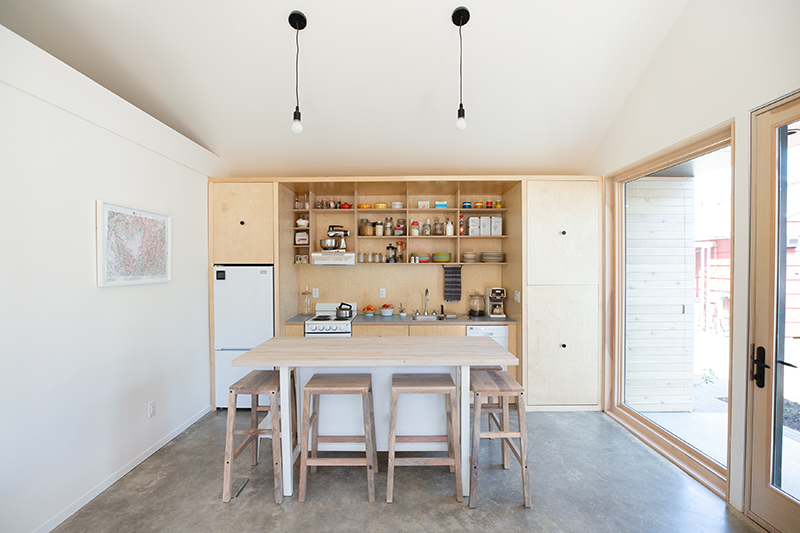 "We've found paring down is always the best policy, and we continue to be diligent regarding what comes in the house,” she says. “While we were previously living together in a smaller space, we still found ourselves going through round after round of purging before we moved into the new house.
"We've found paring down is always the best policy, and we continue to be diligent regarding what comes in the house,” she says. “While we were previously living together in a smaller space, we still found ourselves going through round after round of purging before we moved into the new house.